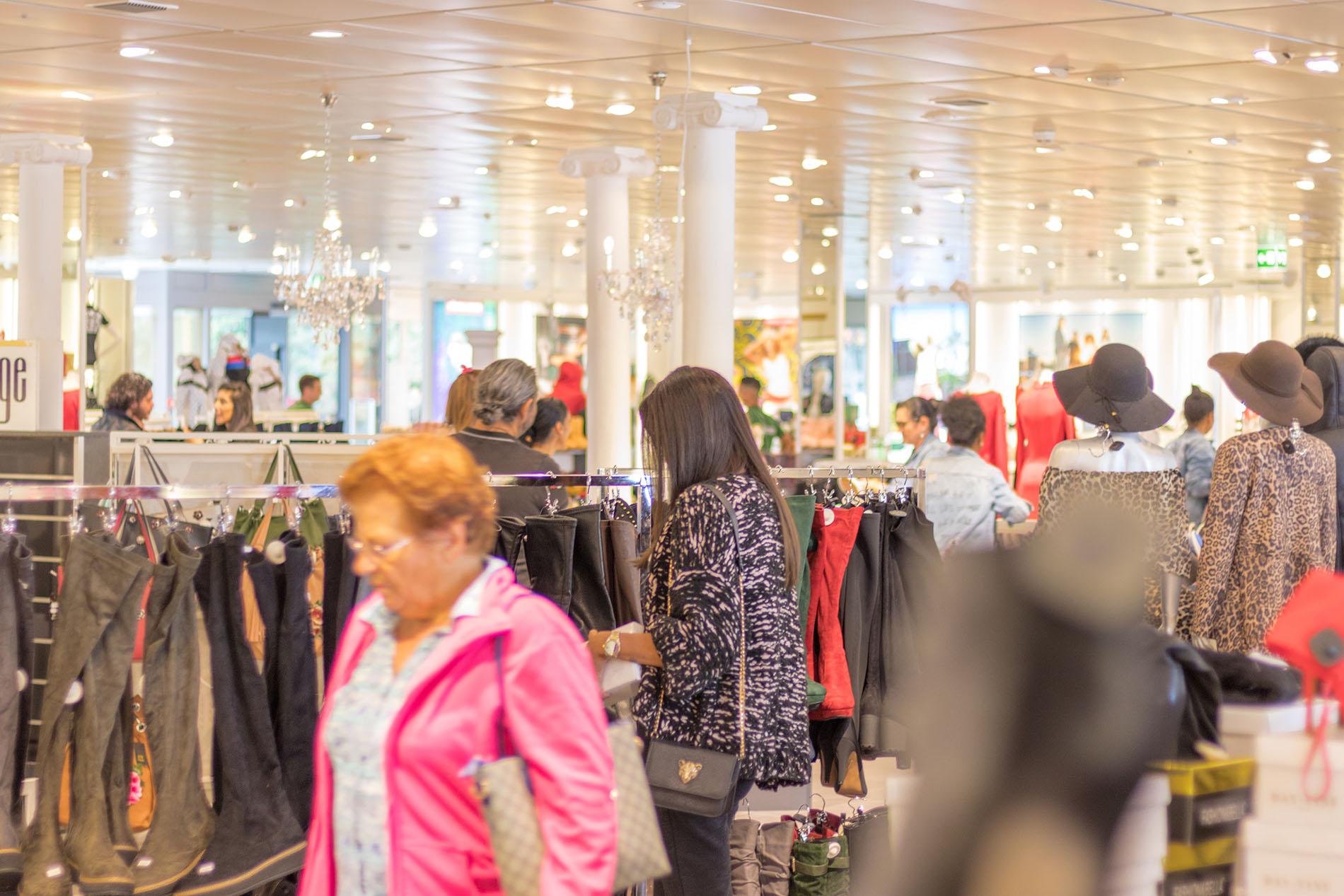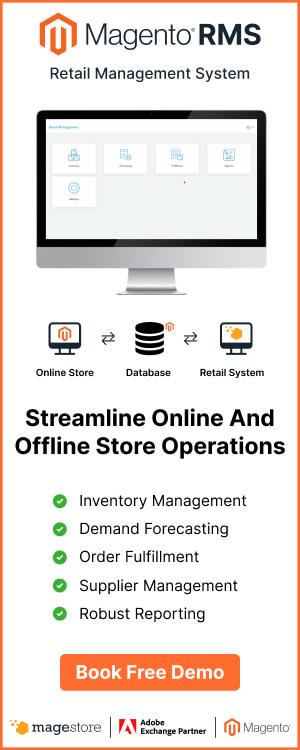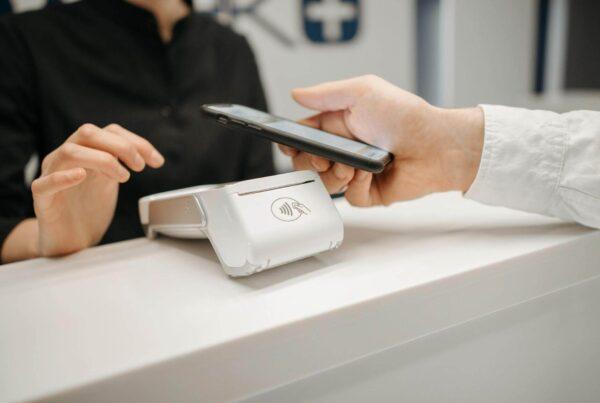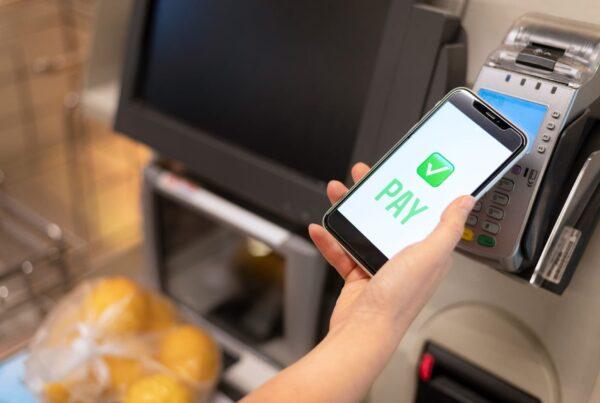The eCommerce market has been under big pressure – How to deliver anything, anytime and anywhere. That is why the omnichannel distribution model has come out as an effective solution for any retailer. However, do retailers really understand the core value of omnichannel distribution?
Omnichannel distribution:
New breakthrough in logistic management
We are familiar with the methodology “distribution center” and “warehouse”. Basically, distribution centers are the places that allocate products from the manufacturer to the business’s warehouses. Then, in the warehouse, business employees would manage and transfer these stocks to their stores – where customers would come and buy products.
However, everything has become more sophisticated with the booming-out of eCommerce, in particular, the growth of multichannel.
In addition to shopping in physical stores, customers began to shop online by clicking – picking items on the website and waiting for store staff to bring products to their house. The line between a distribution and the store had blurred as stores are being asked to perform new processes traditionally reserved for the distribution center.
However, everything has not stopped there. The emerging demands of retail cross-channel fulfillment have driven the growing number of consumer expectations, volatile demand, and cost pressures on logistics and transportation.
Consumers want plenty of choices including when, where, and how their orders will be fulfilled. They do not just shop online or offline separately, but they expand their demand to shop online, pick up in physical stores, or purchase in physical stores and require to ship to another place.

The integration between physical stores and online stores, known as Omnichannel, has become stronger and stronger. This leads to a growing number of channels and results in the complexity in logistic point of view. Omni-channel distribution has become the ultimate solution to simplify the logistics process in a big business.
However, there are still some debates about its effectiveness.
Is it the real ultimate key to the logistic complexity? Let’s discover the myth.
What is omnichannel distribution?
Omnichannel distribution is one-touch integration between operations and physical product flows across all channels to provide a seamless shopping experience.
In other words, Omnichannel distribution is a system that enables customers to complete a purchase and receives orders from any channel they choose.
The most frequently used channels of distribution on the eCommerce market are referral websites, ads, search engines, mobile marketing, social media, etc. The success of an eCommerce marketing strategy depends on the ability to manage all these channels at once. In addition to that, the retailers usually face issues on how to track calls to improve sales or what software to choose for tracking e-mail campaigns.
All these factors affect the final business decision – what type of distribution to choose at this and all subsequent stages of omnichannel marketing strategy.
Moreover, it encompasses not only the delivery of goods to stores and customers but also backward distribution concepts since customers can return products.

Thus, there are two types of distribution:
- Forward distribution system. Characterized by its sources (dispatching locations), destinations (points of reception) and associated links. When building it, you should take into consideration different types of sources and destinations in the physical structure, as well as possible delivery processes and modes.
- Backward distribution system. The mixture of the physical flow of return products, and the locations where products returned. It covers shipment between customers and stores.
Besides, we can also divide the distribution into 6 basic types based on the process of customers:
- Buy online, pick-up in store. when a customer creates an order online, and pick their order in your store (to check if the items they bought are really compatible with them or not)
- Buy online, drop-shipping. when a customer creates, purchase order on your website, then require the ship to a place
- In-store purchase, home delivery. when a customer purchase items in your physical stores, and ask you to pick it to their required place (mostly their home address)
- Ship from store. when you transfer products from the physical stores to another place
- Drop-shipping: when you transfer products from the warehouse to another place (a store, a home address, etc.)
- Buy online, return in-store: when your customer purchase a product online, but then, they do not like it and decide to get to your physical store to return the product (and maybe get another product in your physical stores)
Same-day or on-demand delivery: when your customer purchases items online, and wants to get the items immediately or on a scheduled date.
You can see the image below to understand how the omnichannel distribution model works.

Omnichannel Software
A Retail Management System streamlines separate sales channels to provide seamless shopping experiences anytime, anywhere.
Why is omnichannel distribution important?
1. Consumers LOVE Omnichannel
Why do they love it? Here are the reasons among millions of reasons:
- Easy to customize delivery choice
- Have more chances to check the item before purchase
- Feel safe and happy to purchase items
- Access the store’s products conveniently
- Easily integrated with a Magento POS system
… and many more reasons
Customers expect to be able to research, shop, and buy across various channels, from your physical stores to your online stores, Amazon, Facebook, Instagram, etc. They will bounce back and forth between different channels to ensure they’re getting the best price and purchase as they want.
Therefore, to meet the demand of Omnichannel shopping, you need a compatible delivery system with all channels.
2. Delivery is quick and correct
One of the biggest issues that explains why your customer stops shopping in your store is SHIPMENT.
There are two kinds of customers. One is who can wait for you even in two or three days. Others are the ones who cannot wait for you for more than 1 hour. Worse, due to the nowadays busy world, most of your customers are the second type.
Omnichannel distribution helps you do that!
In omnichannel, all your locations and channels will be integrated into one. Thus, no matter where your customers are, you still can ship products for them in the shortest distance and shortest time.
Save your money and save your customer time. How great is that!
Let’s take a small basic example to clarify this concept.
Linda is a customer of a sport store named Mage Sport, which is 2 hour-driving far from her house. She orders to buy a bicycle, a hamlet, and a sport jacket. She really needs it right now so she notes to you that “I want a quick shipping in 1 hour”.
Her orders and notes would be shown in all your “omnichannel”, which means not only does the shop receive the order but also the warehouse also knows about it. Luckily, the warehouse is quite near Linda’s house – only 15 minutes’ driving.
After the system receives her order, it automatically counts the distance and chooses the shipment location will be the warehouse. Thus, the hamlet, the bicycle, and the jacket are delivered from the warehouse to Linda’s house in just 20 minutes after she ordered it.
Due to that, Mage Sport not only saves money on shipping but also satisfies its customer on the shopping journey.

3. Profits increase significantly
The main advantage of expanding your business to new channels is the opportunity to grow your sales. New customers and new channels can lead to more opportunities for revenue.
Everyone knows a basic formula:
PROFIT=REVENUE-COST
So, if you use omnichannel distribution, what will happen with all these factors?
Revenue will increase
According to blog MonkeyData, “Omnichannel shoppers actually spend 4 % more, on average, during in-store shopping trips and 10 % more online than customers who only used a single channel. The average omnichannel customer also spent more in the future: 17 percent more, on average, with the retailer over the next six months, and they even purchased 15 % more items, as compared to those who used just one channel.”
The cost will decrease
With an integrated system, the store owner can have a big picture of their business – how it works and what is good for the business. They will save time and money on hiring a report man and gathering all channels data separately.
Better yet, Omnichannel distribution also helps delivery and transferring products in the shortest distance with the shortest amount of time.
That is why your profit increases significantly.
The biggest challenges when using omnichannel distribution
However, every rose has its thorn.
Despite of all these benefits that you will gain from using omnichannel distribution, there are also “terrible” challenges that most of the omnichannel business will face:
1. Inventory visibility
It means simultaneously providing customers with information on the availability and delivery times of products in all channels. Customers then have an opportunity to choose the channel, online or offline, they would prefer purchasing the products they want.
Inventory is the distribution center. Knowing the status of inventory is very crucial to the omnichannel business.

The first people who directly take notice of inventory visibility are RETAILERS. They want to know exactly how many quantities are there in the warehouse and they are in which status. This can be challenging for a retailer, especially in shopping seasons.
The key to solving this problem is to implement an efficient inventory management system – which gives the retailer a whole vision about crucial stock information, such as Qty. in the warehouse, Qty. in shipping, Qty. available, Qty. sold, etc. It will be better if all these data will be shown on one page.
The second people who want to know about inventory visibility are CUSTOMERS. It means the omnichannel system should provide customers with information on the availability and delivery times of products in all channels. Consumers then have the chance to choose the channel that they would prefer to choose the number of items they want.
The best solution is to show them the Qty. your location has. So that your customers can make the best decision for the shopping experience. They will love you more if you always have the item available for their demand.
2. Delivery speed
That must have been ridiculous when delivery speed, at the same time, is both the advantage and disadvantage of omnichannel distribution
Developing and optimizing modes of delivery to the customer is the most important topic for fulfilling distribution requirements, according to the retail experts. The importance of increasing delivery speed is based on the fact that most customers want to receive delivery the day after placing the order, or two days later at most.
This means processing varying order volumes between the distance channel and the stores, as well as adapting accurate delivery time is very crucial.
The key to this problem is to give them various shipping methods and find a system that can help you calculate the shortest way to deliver products to your customers.
How to implement omnichannel distribution wisely?
As you can see the core value of the omnichannel distribution is inventory management.
So, if you want to run the omnichannel distribution, you need a good process of inventory management. This does come internally with good Magento retail management software.
One of the key distribution strategies practiced by top omnichannel retailers is using technology to run the “smart sharing” of inventory across channels. Sophisticated inventory and warehouse management systems are required to ensure visibility and seamlessness.
So, how to build the best inventory management system for your omnichannel distribution:
1. Overview supply chain
First and foremost, an inventory management system that spans the entire supply chain gives managers a leg up in achieving real-time visibility—and in some cases, might actually save the sales. Rather than having a customer walk away because she/he can’t find an item, today’s sales associate may be equipped with a handheld mobile device to help her find it in any of the other stores.
Some stores have even set up kiosks for customers themselves to check inventory, purchase the items, and have them shipped directly to their homes.

Explore solution: Most customizable & scalable POS for Magento merchants
2. Order management system
Another critical component to implement omnichannel’s “buy from anywhere, ship from everywhere” concept is a distributed order management system. It allows you to find all the rule sets and criteria of how you want to cost-effectively support that next-day shipment and has the visibility of inventory at all the different stores.
Besides, we should understand that order management is not just the regular pick, pack, or ship logic anymore. There are more permutations including zone batch picking, multi-order picking, pick and pass, priority processing, multi-carton processing, and beyond.
Within inventory management, the requirements may be simpler, but just as critical. Consideration must be given to the picking and waving logic that can handle retail order profiles (larger orders) and the smaller e-commerce orders.

End up
The shopping demand of our customers grows rapidly day by day. One cannot ensure that all of these concepts will have been implemented effectively in the far future or not.
However, we should have core knowledge that is mentioned above. So, that along with our flexible sense of business will help us run a robust logistic operation, no matter how the industry is buzzing with changes.
If you have any questions about omnichannel distribution, feel free to talk to us!
















